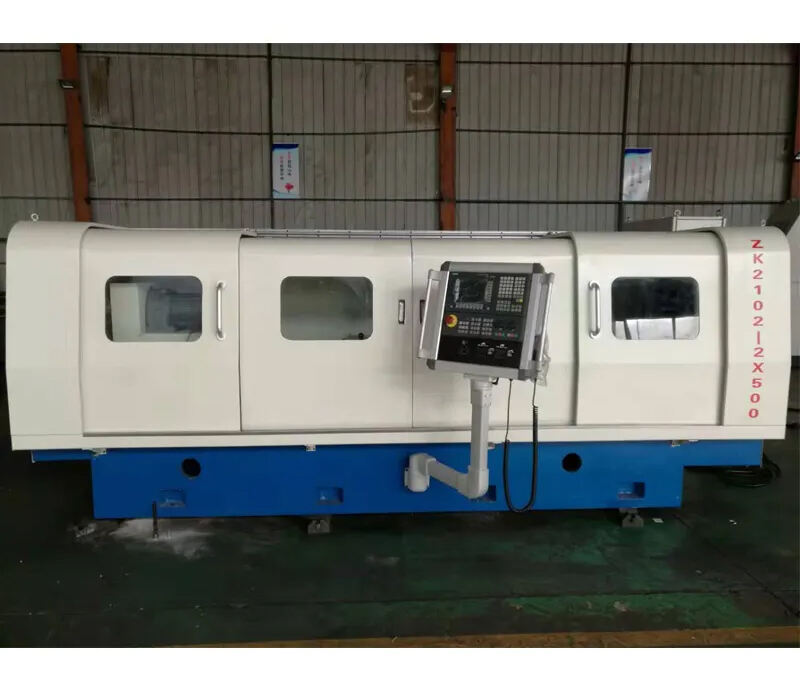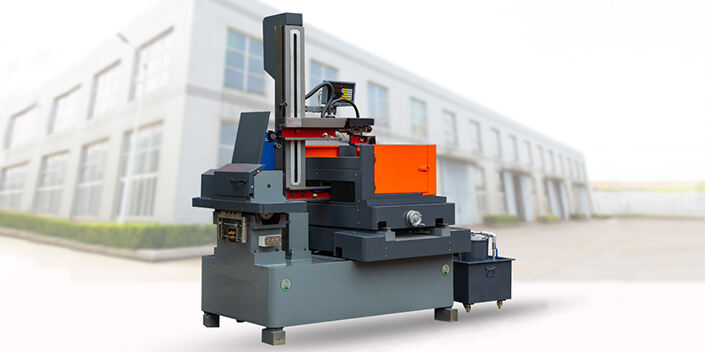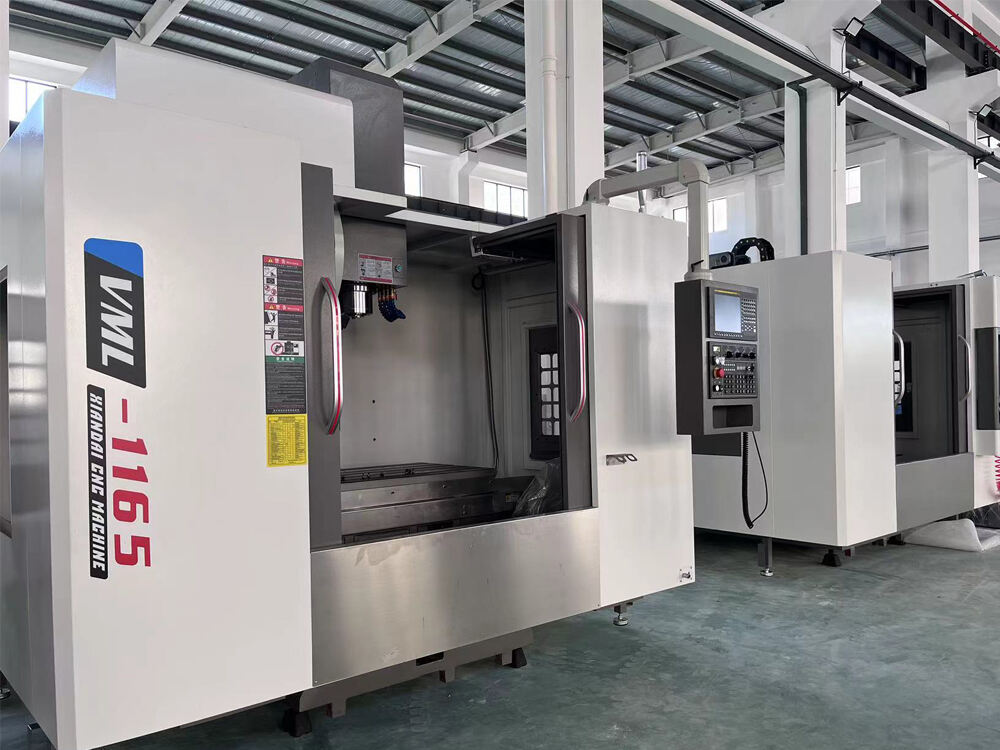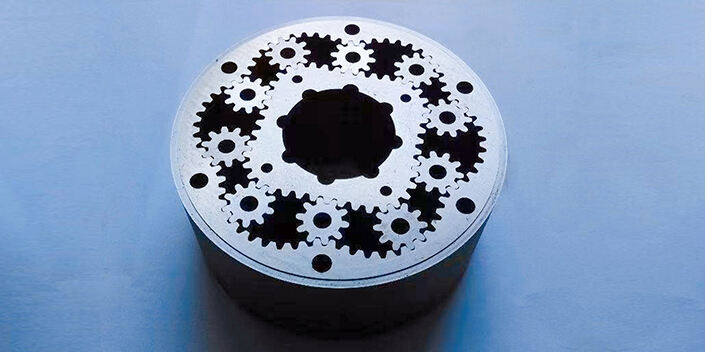The Role of Deep Hole Processing Machines in Aerospace Engineering
Deep hole processing is essential for making many critical parts in aerospace manufacturing where precision matters most. From engine components to structural elements, these machining techniques ensure the high standards required in aviation. The field itself presents unique challenges for manufacturers who must balance accuracy with efficiency when working on complex geometries. This article takes a closer look at how deep hole processing equipment operates specifically within aerospace engineering contexts, exploring what makes these machines so vital for producing reliable aircraft components.
Understanding Deep Hole Processing in Aerospace Engineering
Definition and Importance of Deep Hole Processing
Deep hole processing basically means drilling holes where the depth far exceeds the diameter. Most machining guidelines consider anything over ten times deeper than wide to be classified as deep holes. The aerospace industry relies heavily on this technique for critical components like turbine blades, fuel injectors and landing gear parts. These applications require extremely tight tolerances and dependable performance under harsh conditions. Manufacturers need to get these dimensions right because even minor deviations can lead to major failures in flight systems.
Key Applications in Aerospace Engineering
In the aerospace industry, deep hole drilling finds application in various critical components:
- Turbine Blades: Cooling holes drilled into turbine blades allow for effective temperature regulation, directly impacting engine performance and efficiency.
- Aircraft Structures: Deep holes in airframes enhance aerodynamics by reducing weight while maintaining structural integrity.
- Fuel Systems: Deep hole drilling is pivotal in creating precise fuel injectors that optimize fuel delivery and combustion efficiency.
It's clear that deep hole processing is integral to aerospace engineering, directly influencing performance and safety.
Types of Deep Hole Drilling Techniques
Various techniques are employed for deep hole drilling:
- Gundrilling: A common method known for its precision and capability to produce long, straight holes. It utilizes carbide tools for better performance and minimal center-line deviation.
- BTA Drilling: Known as Boring and Trepanning Association drilling, it is ideal for machining large volumes of deeper holes continuously.
- Suction Drilling: This innovative technique involves simultaneous drilling and chip removal, ensuring improved accuracy.
These methods not only enhance productivity but also guarantee quality, which is paramount in the aerospace sector.
How Deep Hole Processing Machines Work
Core Components of Deep Hole Processing Machines
Deep hole processing machines are composed of several essential parts:
- Cutting Tool and Spindle: Designed for high performance, these components can withstand the mechanical stress of deep hole drilling.
- Coolant System: High-pressure coolants help manage temperatures during drilling, thereby enhancing tool performance and reducing wear.
- Feed Mechanism: Precision-controlled feed mechanisms ensure that materials advance towards the tool during the drilling process at a consistent rate.
Step-by-Step Operational Process
- Tool Rotation: The spindle rotates the cutting tool.
- Controlled Feeding: The workpiece is fed towards the cutting tool.
- Chip Removal: High-pressure coolant removes the chips produced and maintains tool integrity.
- System Monitoring: Advanced sensors monitor tool wear, temperatures, and vibrations, ensuring optimum drilling conditions.
Technological Innovations Enhancing Performance
Recent advancements in deep hole processing machines leverage technology to enhance manufacturing efficiency:
- Automated Tool Change Systems: These systems minimize downtime and improve operational efficiency.
- Machine Learning and AI Integration: This technology allows predictive maintenance, decreasing unexpected machine failures.
- Enhanced Coolant Delivery: Innovations in coolant systems ensure improved chip removal and reduce heat build-up.
Advantages of Deep Hole Processing in Aerospace
Precision and Accuracy in Manufacturing
Deep hole processing machines can achieve narrow tolerances and intricate geometries crucial for aerospace applications. This precision minimizes costly rework and waste, enhancing overall manufacturing efficiency.
Efficiency in Production Cycles
With capabilities for continuous operation and automated systems, deep hole processing significantly reduces production cycles. This efficiency is a critical aspect in the fast-paced aerospace industry.
Material Versatility and Adaptability
Deep hole processing machines can work with a variety of materials, from high-strength alloys to lightweight composites, making them adaptable to various aerospace engineering requirements.
Challenges in Deep Hole Processing for Aerospace Engineering
Material Limitations and Tool Wear
One of the primary challenges is the wear on cutting tools when working with hard materials commonly used in aerospace applications. Continuous monitoring of tool health and material selection must be meticulously maintained.
Technological Constraints and Solutions
The complexity of advanced aerospace components often necessitates bespoke machining solutions. Overcoming these constraints involves ongoing research and innovation in machining technology and techniques.
Economic Considerations in Manufacturing
The high costs associated with deep hole processing machines can deter some manufacturers. Balancing quality and cost-effectiveness is crucial, especially for smaller firms.
Future Trends and Innovations in Deep Hole Processing
Emerging Technologies and Their Impact
The relentless advancement in technology heralds new possibilities for deep hole processing, including enhanced precision, speed, and flexibility. This includes additive manufacturing integration and advanced control systems.
Sustainability in Deep Hole Processing
As industries shift towards eco-friendly practices, the aerospace sector is embracing sustainable machining processes with lower waste production and reduced energy consumption.
Industry 4.0 and Smart Manufacturing
The integration of Internet of Things (IoT) technologies in deep hole processing machines allows for smarter, data-driven operations that improve oversight and extend machine life.
Conclusion
Deep hole processing machines play a critical role in aerospace engineering, making a real difference in how we build safer, more efficient planes and parts. With new manufacturing tech coming out all the time, these machines are constantly getting better too. They stay relevant because engineers keep finding new ways to push boundaries in aircraft design. Knowing what these machines can do helps manufacturers appreciate the value behind them and makes it easier to plan for improvements down the road. After all, when companies understand the full picture of deep hole processing, they're better positioned to invest wisely in their production capabilities.
Whether it's adapting to new materials or integrating with smart technology, the future of deep hole processing in aerospace engineering shines brightly, leading the way for continued innovation and excellence.





